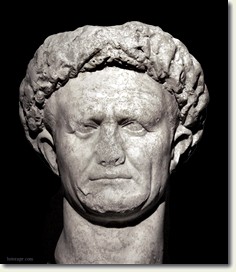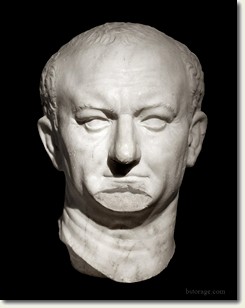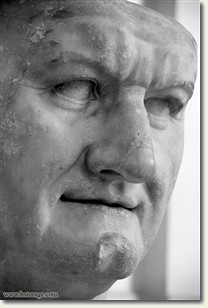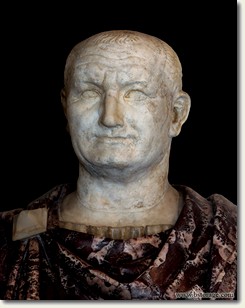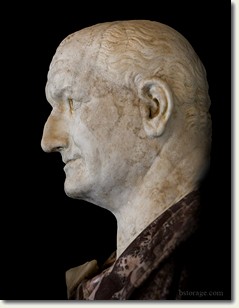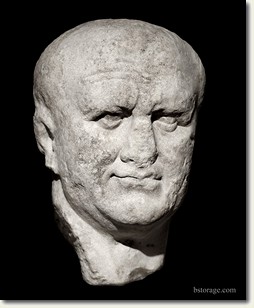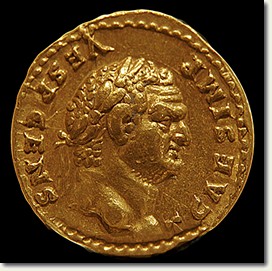| Portraits of Vespasian | Home Up |
|
| Photos by Bill Storage and Laura Maish Email us about this page |
Vespasian (Titus Flavius Vespasianus), Roman emperor A.D. 69-79, began the Flavian dynasty after a series of civil wars following the death of Nero. Vespasian's initial fame and success resulted from his being sent to Judea by Nero to subdue rioting in Caesarea and Jerusalem along with 60,000 troops. After victory in Judea he returned to Rome, disposed of Vitellius, and began to rebuild Rome and its government. History views Vespasian favorably, both because he appears to have ruled well and because of his effective artistic and literary propaganda campaign, which included the writings of Josephus. Many portraits of previous emperors seen as bad in his propaganda, e.g. Nero, Galba, Otho, and Vitellius, were reworked into portraits of Vespasian. Nero's locks are clearly visible on a weather head of Vespasian (photo 3 below). Placement of this head in the Palazzo Massimo museum did not allow us to show this condition in a picture. Vespasian, rendered in a style similar to that of photo 7 below, is a key figure in the Cancelleria Reliefs, which we discuss on its own page. Enter gallery |
Preceded by
Vitellius Married to Flavia Domitilla Succeeded by Titus |
|
| Copyright 2007 Bill Storage and Laura Maish. Created 2/1/2007 |
|
|
Keywords: emperor, Roman imperial portraits, pictures of roman emperors, statue, sculpture, art history, iconography, William Storage, Bill Storage, Laura Maish, art history, Roman, ancient Rome |
|
